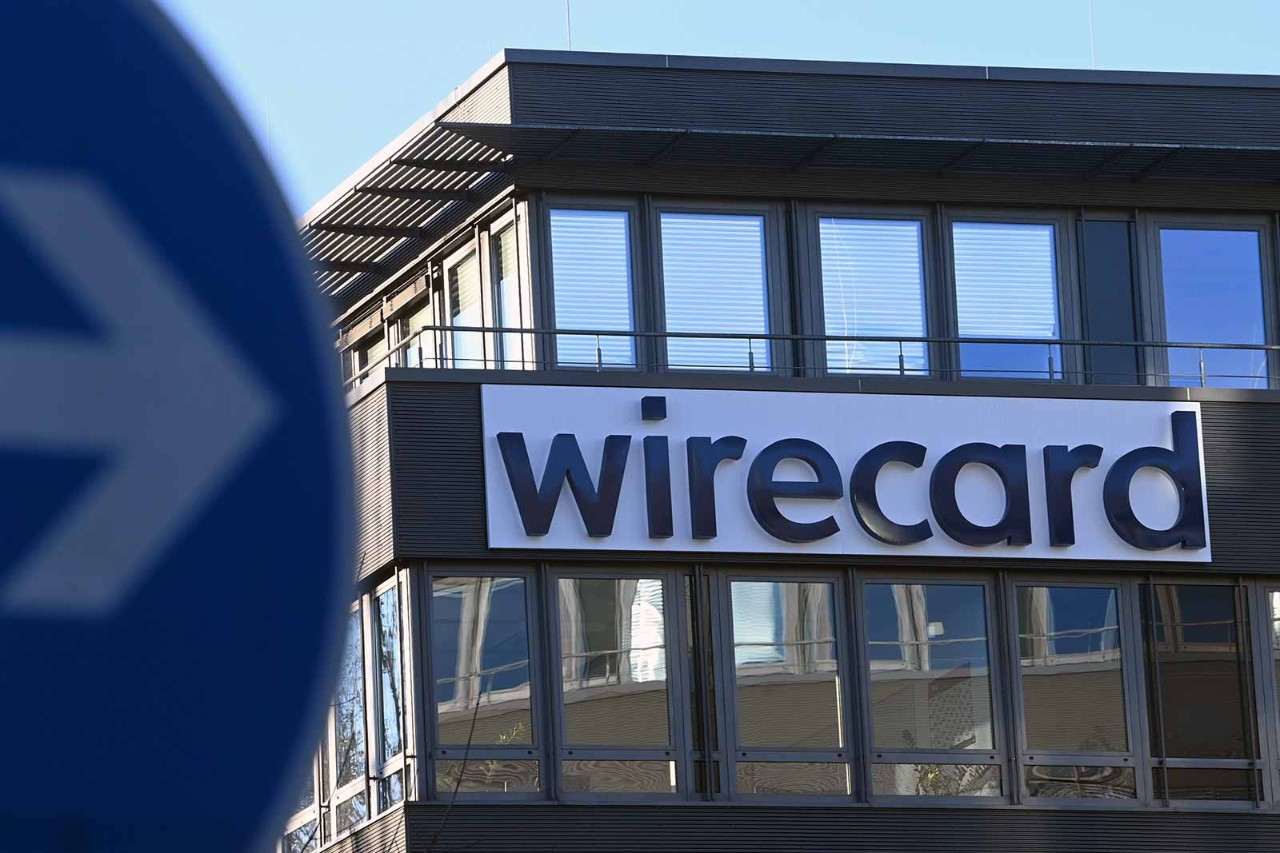
The impact of the pandemic on working practices has been significant, not least in the boardroom. Boards have entered uncharted territory. Put simply, the director’s role has become even more demanding.
Surveys show that most directors have attended more board meetings over the past year than ever before. The focus of much of their decision-making has shifted too: health and safety, going concern, risk, reputation and resilience, staffing levels, and frequent, sensitive communication with stakeholders are all higher on board agendas today than pre-pandemic.
Another aspect of the crisis is fatigue, with directors working under abnormal stress for a long period of time. But the most noticeable change concerns the boardroom framework itself: board meetings are no longer held face to face but virtually because of the Covid-19 restrictions.
‘The challenge is designing board agendas to allocate work appropriately so that the correct discussions happen face to face'
Board meetings
Before March 2020 boards of directors almost always met in person, usually between four and 12 times a year, to discuss actions and take decisions promoting the success of their companies.
Board meetings are a basic component of good corporate governance. They are also a crucial one, because personal interaction is widely held to enable trust, relationship-building and teamwork at the top – all considered necessary for a board to operate effectively.
The pandemic has rendered this traditional format impossible, at least in the short term. In its stead has come the virtual board meeting, highlighting and accelerating existing trends in the use of technology.
My own experiences of this new way of working are positive. The technology has worked well, with most platforms being reliable and straightforward. Virtual meetings are easy to convene and can benefit from being shorter but with more focused agendas. And remote attendance saves participants time and confers environmental benefits by eliminating the need for travel.’
‘The crisis challenged the board more with respect to its attitude than its role and duties’
Certain types of meeting, such as committees and routine business, lend themselves well to virtual platforms, but is this interim measure here to stay for boards as well? Sheelagh Duffield, managing director of Savendie and co-author of a report by Burness Paull and Savendie, Boards of the Future: what next for governance?, says: ‘Boards appear to be preparing for a blend of face-to-face and remote meetings in the future.’
If so, there are two issues to consider. First, face-to-face and virtual meetings should remain separate and distinct. The inclusive spirit achieved when directors are either all physically together or are all working remotely would be lost if, for example, some joined remotely an otherwise face-to-face meeting.
Second, directors anticipate a future where routine business is conducted remotely while more strategic work is carried out face to face. This may be difficult. As Duffield says: ‘The challenge is designing board agendas to allocate work appropriately so that the correct discussions happen face to face – that is not easy given the fluid nature of board discussions.’
Board focus
The effects of the pandemic on boards and governance are addressed by Insead and Spencer Stuart in their 2020 survey of European directors. They consider risk-mapping, crisis management, the role of the board and board leadership, and they outline the following hierarchy of priorities that boards have established:
- Securing employee health
- Protecting cash, liquidity and solvency
- Protecting production and creating the conditions to restart activity
- Keeping a long-term view to be able to seize any potential opportunity offered by the market.
Their report concludes: ‘The crisis challenged the board more with respect to its attitude than its role and duties.’ I agree. The focus of board directors and their work changed during the pandemic, sometimes with long-lasting effects. I have seen this from my own experience as a NED – here are some examples:
- More focus on health and safety
This is a key area of risk. The board decided to recruit a health and safety officer for the first time and is looking to combat ‘long-Covid’ through ongoing staff welfare and office-cleaning programmes. - Greater emphasis on real-time management information
The board needed assurance over liquidity and going concern, so from April 2020 we started receiving daily cash updates – and we still rely on them. - Better communications
While we relied on management to implement the crisis contingency plan, the board focused on communications strategy – from more frequent CEO messaging to staff and other stakeholders to developing an effective social media response. - Recognising pandemic fatigue
We have supported our executives throughout the crisis but are also looking more carefully at our succession plans. One thing is certain: stress will continue.
Virtual AGMs
The Chartered Governance Institute has published guidance about company AGMs and the impact of Covid-19, reflecting the continuing impact of the coronavirus pandemic on companies’ ability to hold physical general meetings. Prepared in association with the City of London Law Society’s company law committee and Martin Moore QC, with the support of the Department for Business, Energy and Industrial Strategy and the Financial Reporting Council, the guidance offers advice on how listed companies might hold meetings during the 2021 AGM season.




